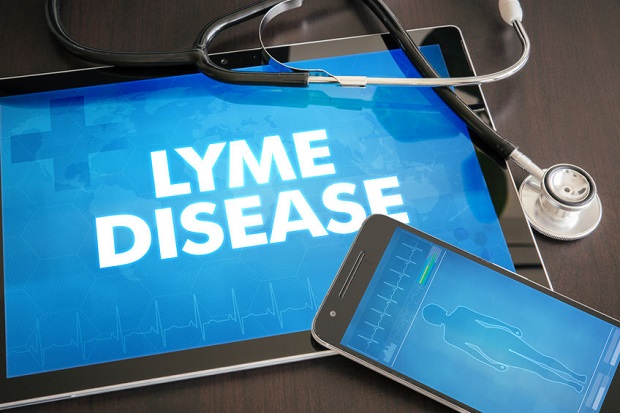
According to Purdue University’s Medical Entomology Department, there are over 899 species of ticks in the world, 90 of them found in the United States. ((Purdue University – Medical Entomology – “Ticks“)) Some of these ticks carry diseases that are harmful to humans, the most recognized being Lyme disease. ((Centers for Disease Control and Prevention – “Lyme Disease“))
The following is a list of the ten most common diseases carried by ticks in the United States, which tick is likely to transmit the disease, and where the ticks are normally found.
Lyme disease
Lyme disease symptoms may include headache, fever, and fatigue. Infected individuals usually present with a tell-tale red rash that resembles a bullseye. ((Centers for Disease Control and Prevention – “Lyme Disease“))
Tick carrier: Blacklegged tick, Western black-legged tick
Located: Northeastern US, upper Midwestern US, Pacific coastline
Rocky Mountain Spotted Fever (RMSF)
Rocky Mountain Spotted Fever symptoms include fever, headache, and a rash. According to the CDC, RMSF can be deadly if not treated with antibiotics early on. ((Centers for Disease Control and Prevention – “Rocky Mountain Spotted Fever“))
Tick carrier: American dog tick, Rocky Mountain wood tick, brown dog tick
Located: throughout the US
Tickborne Relapsing Fever (TBRF)
Tickborne Relapsing Fever symptoms include recurring headaches, fevers, nausea, and muscle and joint aches. ((Centers for Disease Control “Tickborne Relapsing Fever“))
Tick carrier: soft ticks
Located: Arizona, California, Colorado, Idaho, Kansas, Montana, Nevada, New Mexico, Ohio, Oklahoma, Oregon, Texas, Utah, Washington, and Wyoming
Southern Tick-Associated Rash Illness (STARI)
Southern Tick-Associated Rash Illness symptoms include fever, headache, fatigue, and muscle and joint pains. It may also present with a rash similar to that of Lyme disease. ((Centers for Disease Control – “Southern Tick-Associated Rash Illness“))
Tick carrier: lone star tick
Located: the Southeastern US, Eastern US
Tularemia
Tularemia symptoms vary depending on the type of tularemia contracted. Though it can be life-threatening, most cases are treatable with antibiotics. ((Centers for Disease Control – “Tularemia“))
Tick carrier: dog tick, wood tick, lone star tick
Located: throughout the US
Anaplasmosis
Anaplasmosis symptoms include headache, fever, chills, and muscle aches. ((Centers for Disease Control – “Anaplasmosis“))
Tick carrier: black-legged tick
Located: Northeastern US, upper Midwestern US, Pacific Coast
Ehrlichiosis
Ehrlichiosis symptoms include headache, fever, chills, and muscle aches. ((Centers for Disease Control – “Ehrlichiosis“))
Tick carrier: lone star tick
Located: South central US, Eastern US
Rickettsiosis
Rickettsiosis symptoms include fever, headache, and rash. ((Centers for Disease Control – “Rickettsiosis“))
Tick carrier: Gulf Coast tick
Located: Gulf Coast
Pacific Coast Fever
Pacific Coast Fever Symptoms include headache, muscle aches, fever, and rash. ((Centers for Disease Control – “Pacific Coast Fever“))
Tick carrier: Pacific Coast tick
Located: California
Babesiosis
Babesiosis symptoms include fever, fatigue, headache, dark urine, nausea, and jaundice. ((Centers for Disease Control – “Babesiosis“))
Tick carrier: black-legged tick
Located: Eastern US
How Does a Tick Transmit Disease?
Ticks transmit diseases during feeding. The tick has special piercing-sucking mouthparts designed to penetrate the host’s skin and extract blood. During the feeding process, the tick will excrete a ‘pathogen’ through its saliva that helps to prevent the host’s blood from clotting. It also acts as an anesthetic, suppressing the host’s immediate immune response. The chance of disease passing from the tick to the host occurs during this action. ((eMedicineHealth.com – “Ticks.“))




